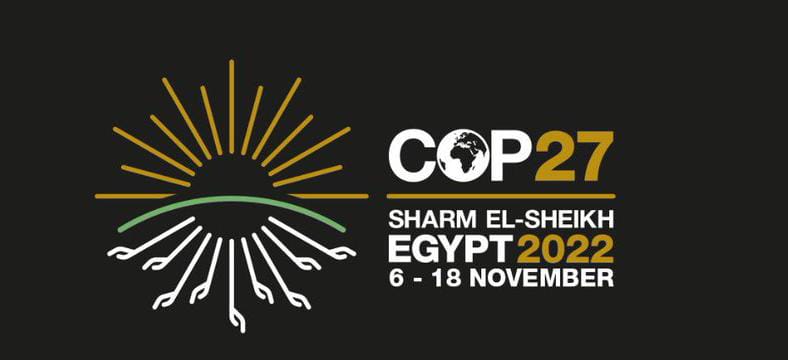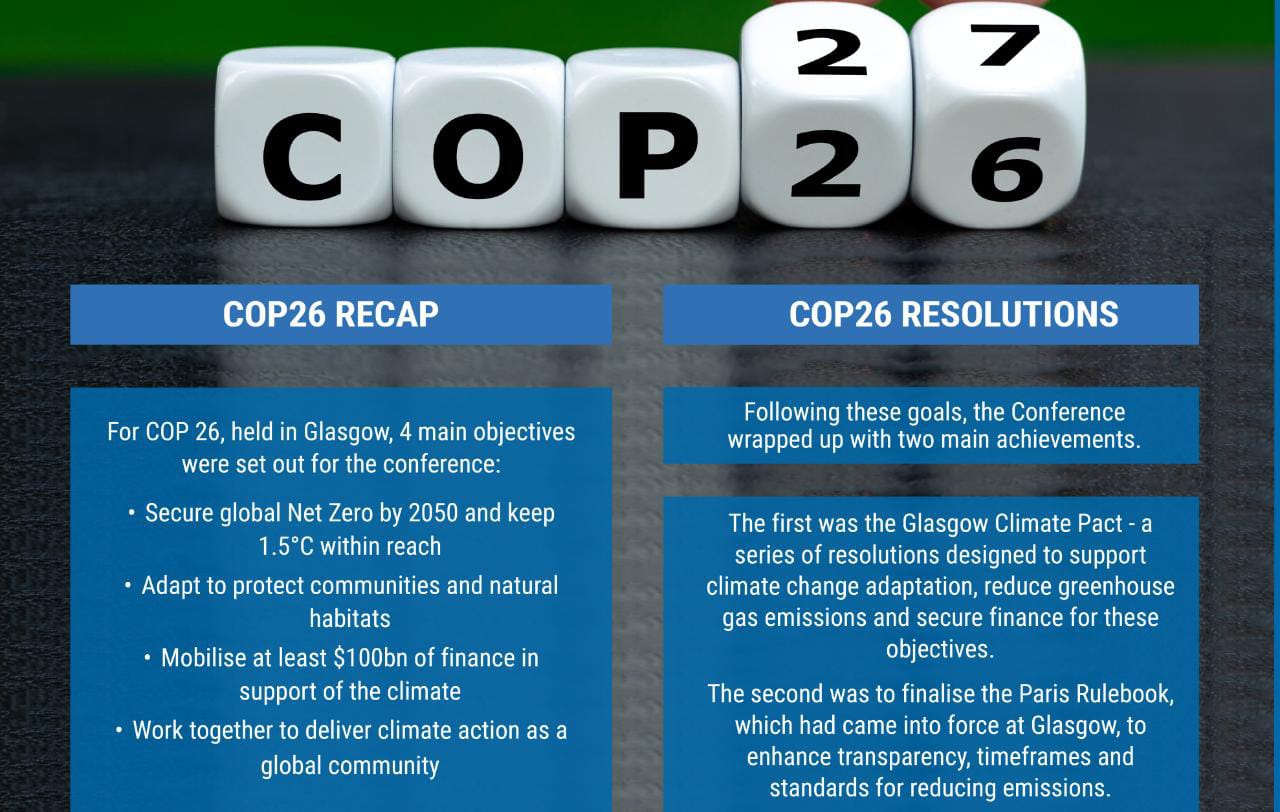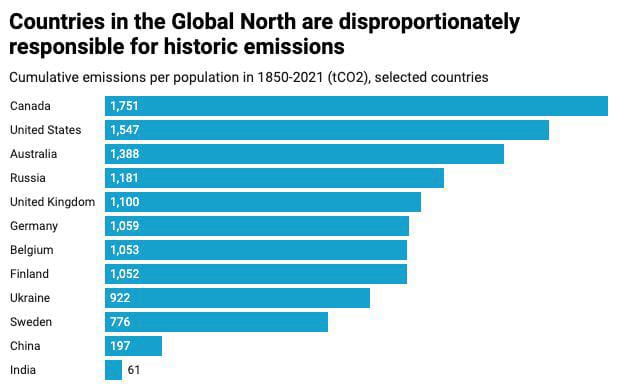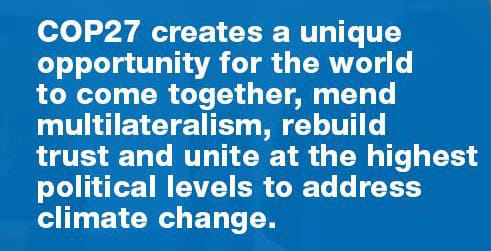Note4Students
From UPSC perspective, the following things are important :
Prelims level: COP-27
Mains level: Energy inequality, Climate actions and related issues
Context
- 27th Conference of Parties (COP27, beginning November 6, in Egypt) of the United Nations Framework Convention on Climate Change (UNFCCC).
Realization of climate action: Birth of UNFCCC
- The idea led to the formation of the United Nations Framework for Climate Change Convention (UNFCCC, also known as ‘The Convention’) in 1992, at the Earth Summit in Rio de Janeiro.
- The convention divided the countries on the basis of their differing commitments: Annex I and II consisted of industrialized and developed countries and Non-Annex I comprised developing countries.
Summary of COP26
- Inadequate reduction commitment: In the runup to COP26, last year in Glasgow, several developed countries had declared their intention to reach net zero emissions by 2050. These declarations did not square with the requirements of “keeping 1.5 deg. C alive”.
- Global carbon budget: Four fifths of the global carbon budget to limit warming to 1.5°C (with 50% probability) has already been exhausted. Developed countries are responsible for more than half of these historical CO2 emissions. Nevertheless, there was much celebration of these targets.
- Politics over phasing out coal: There was also high drama at COP26, with moral grandstanding by many developed country negotiators who invoked the future of their children, because India and other countries understandably balked at the singling out of any one fossil fuel for immediate action.
- Developed countries didn’t meet the commitment: It is important to recall some of these shenanigans at COP26, as in the last year, it has become clear that developed countries may be unlikely to meet even the inadequate targets they have set, keeping to the trend of the last three decades.
What is the present energy situation in developing countries?
- Energy poverty concentrated in the developing countries: Global energy poverty is concentrated in the developing countries. In 2021, 733 million people had no access to electricity and almost 2.6 billion people lacked access to clean fuels and technologies.
- The average per capita energy: Energy use of the richest 20 countries is 85 times higher than that of the 20 poorest countries. Addressing this stark energy poverty in developing countries is important because there is a strong correlation between energy supply and human development.
- The average annual per capita electricity: Electricity consumption of sub-Saharan Africa is 487 kilowatt hours (kWh), alongside an infant mortality rate of 73 per 1,000 live births; maternal mortality ratio of 534 per 1,00,000 live births, and per capita GDP of $1,645. On the other hand, the OECD group of countries have a per capita electricity consumption of 7,750 kWh, corresponding to an infant mortality rate of seven, maternal mortality ratio of 18, and per capita GDP of $42,098.
- Slowdown due to lack of energy: The reality of global inequality was acutely evident during the COVID19 pandemic. Several countries in Africa, Asia and Latin America are facing severe agricultural and industrial slowdowns in the post pandemic period.
- The lack of reliable energy infrastructure: Infrastructure unavailability has compounded the difficulties and has multidimensional impacts across developmental indicators. In 2022, these inequalities have been aggravated by soaring energy and food prices.
- Rising cost of living: Several countries face a severe rise in the cost of living and nearly 70 million additional people are estimated to fall below the poverty line of $3.20 per person per day. Poor and vulnerable communities in the energy importing countries of the global South suffer the most. Almost 90 million people in Asia and Africa, who gained access to electricity recently, cannot afford to pay their energy bills.
- No acknowledgement of problem by developed countries: In this background, COP27 affords a critical moment to acknowledge and address the concerns surrounding energy access and security in developing countries. Unfortunately, these longstanding problems of the global South have been ignored by developed country governments, academia, and civil society. At a time when the language of energy poverty and security is re-entering the northern vocabulary, it is time to call out the hypocrisy of the advice on fossil fuel use given by the north to some of the world’s poorest regions since the Paris Agreement was signed.
How developed countries are hypocritic about energy use and commitments?
- Fossil fuel as primary energy source: In the United States, 81% of primary energy is from fossil fuels. In Europe, fossil fuels constitute 76% of the energy consumption (coal, oil, and natural gas contribute 11%, 31%, and 34% respectively).
- Negligible efforts for decarbonization: Thirty years after acknowledging the problem of anthropogenic global warming and committing in the UNFCCC, to take the lead in climate change mitigation, the level of decarbonization in the global North has been minuscule.
- Increasing coal consumption: In July 2022, the European Union (EU) voted to classify the use of natural gas for some uses as “green and sustainable”. Natural gas was responsible for 7.5 billion tonnes of CO2 (i.e., 23% of the total CO2 by the major fossil fuels), in 2020. Additionally, in 2022, even coal consumption in the U.S. and the EU is estimated to increase by 3% and 7%, respectively.
- Double standard for fossil fuel: These same developed countries argue that green energy constitutes a great business opportunity for developing countries as it has become cheaper. They have used this dubious argument to dismiss differentiation between developed and developing countries and are lobbying for banning the financing of any fossil fuel projects in some of the poorest countries.
What should be the agenda of developing countries at COP 27?
- Bring the energy poverty issue: At COP27, the global South must put the question of its energy poverty and the severe global inequalities in energy access squarely at the Centre of all discussions.
- Achieving SDGs with climate actions: We need to achieve zero hunger, zero malnutrition, zero poverty, and universal wellbeing even as we collectively contribute to ensuring effective climate action.
- No empty commitments: As the strapline for COP27 (“Together for Implementation”) suggests, we must work together to ensure that these developmental goals are not side-lined, as they were at COP26, in the pursuit of hollow declarations of net zero targets three decades into the future.
Conclusion
- A developing country leadership at COP27 can ensure effective discussions, based on equity and common but differentiated responsibilities and respective capabilities, on the relative responsibilities and sharing of mitigation and adaptation burdens while coping with loss and damage.
Mains Question
Q. Describe the energy inequality situation among developed and developing countries. How India can lead the developing countries for negotiations at COP27?
Click and Get your FREE copy of Current Affairs Micro notes
Get an IAS/IPS ranker as your 1: 1 personal mentor for UPSC 2024




